Uniting the Forces of the Research & Conservation Department
The Research & Conservation Department at the Gardens has two main branches: conservation/ecology and biodiversity. As a 2021 scientific article from scientists at the Gardens describes, floristic botanists and plant ecologists can often become siloed in their work, but both disciplines are essential to truly understanding complex natural systems. It’s rare for a large group from this department to go into the field together for data collection in these diverse branches to later unite under the same goal. But, in July, members of the Research & Conservation Department did just that. We hiked up to Horseshoe Mountain, near Fairplay, to collect ecological data on Physaria alpina and herbarium specimens of associated alpine plants to understand how climate change is impacting this rare alpine species.
Scientists from the Gardens have been interested in the charismatic Physaria alpina, or the Avery Peak twinpod, for a few years (read about this study of Avery Peak twinpod's pollen and this post about the chamber of warming). It is a rare alpine species endemic to the Rocky Mountains of Colorado. Like many alpine species, Physaria alpina faces threats as climate change becomes more and more pronounced. Many people may only think of warming temperatures as a threat of climate change, and while this is true, there are many other disruptions that come concurrently. One of the biggest threats to alpine species is competition as lower elevation species move up the mountain to outpace the effects of climate change downslope. Not only do we want to study how the individual Physaria plants are responding to changing climatic conditions – in terms of survival, growth and reproduction – but we also want to study the change in species composition within the community where Physaria lives.
With these two pieces, we can examine the beautiful, yet complex, alpine ecosystem to try to understand how one of our native alpine treasures is faring in the face of climate change and what we can do to better conserve this species, as well as other rare Colorado alpine species.
Gallery
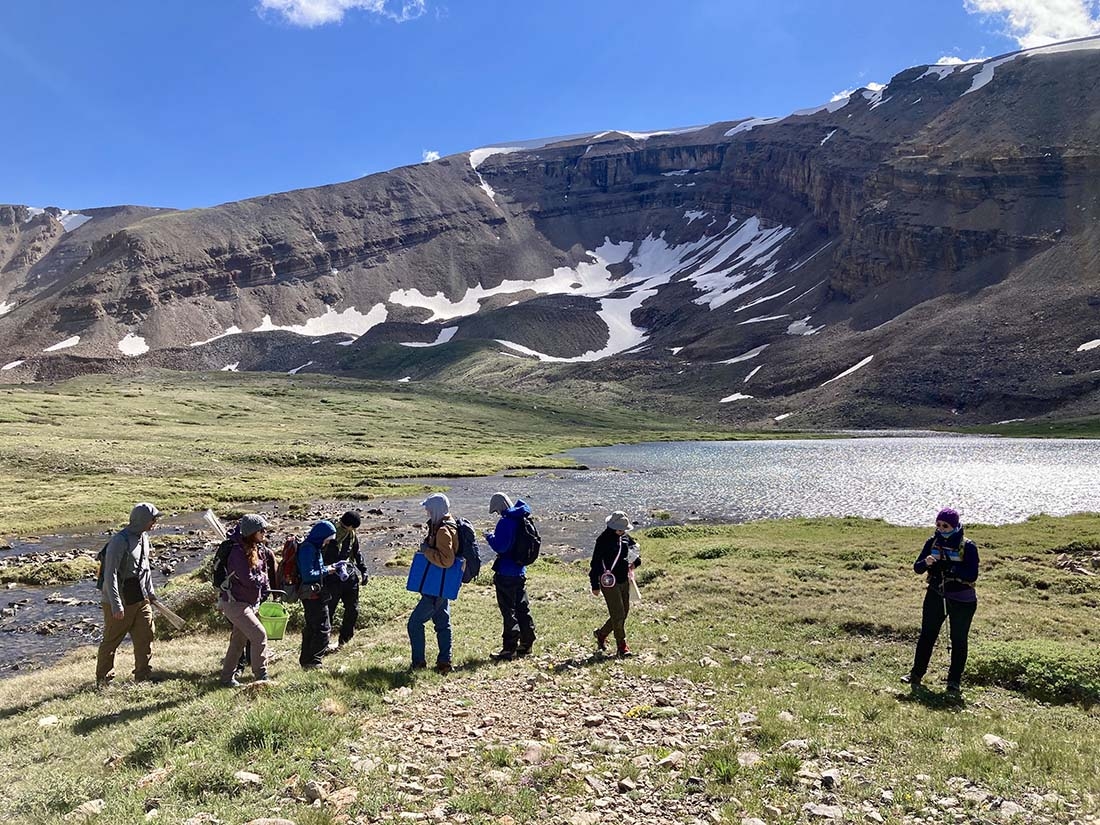
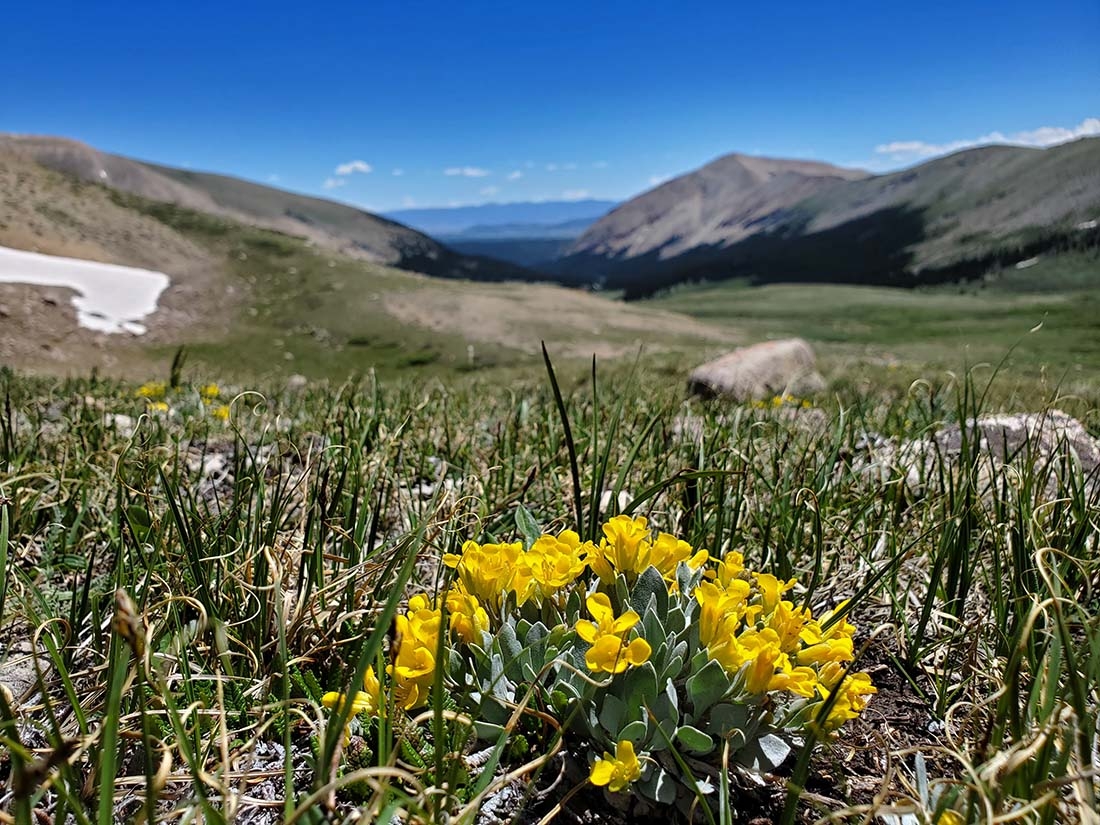
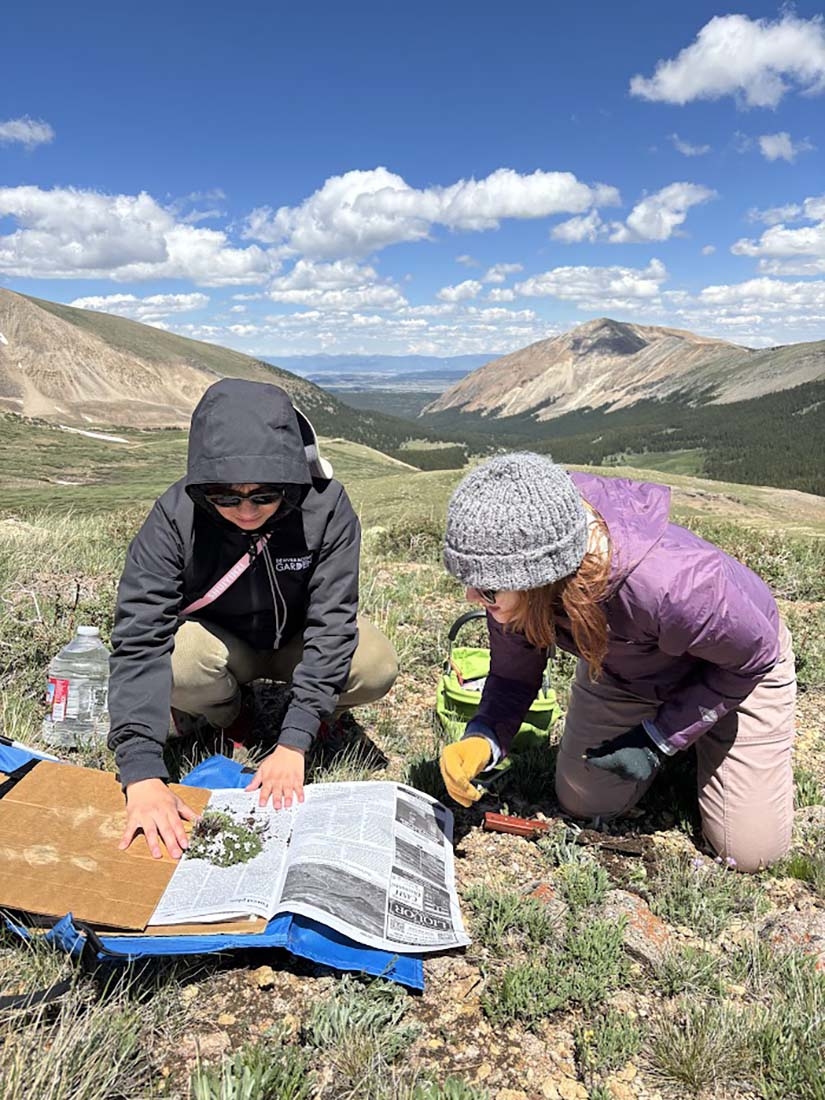
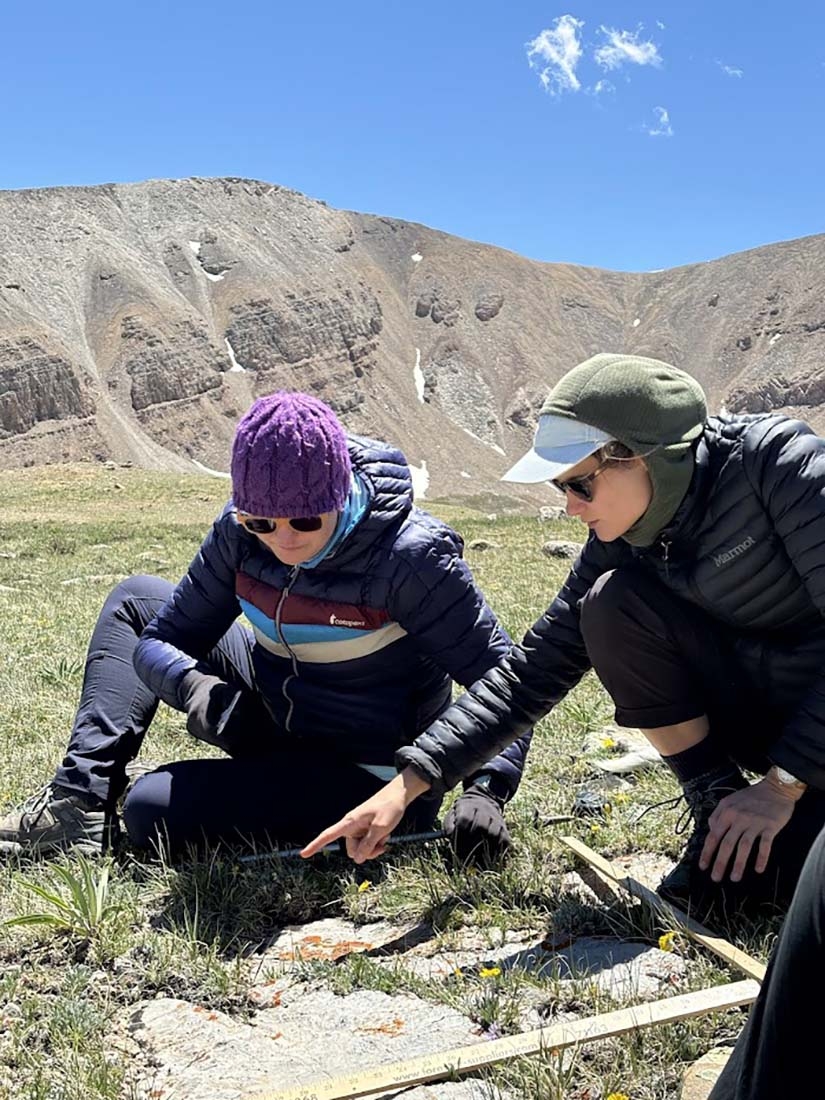
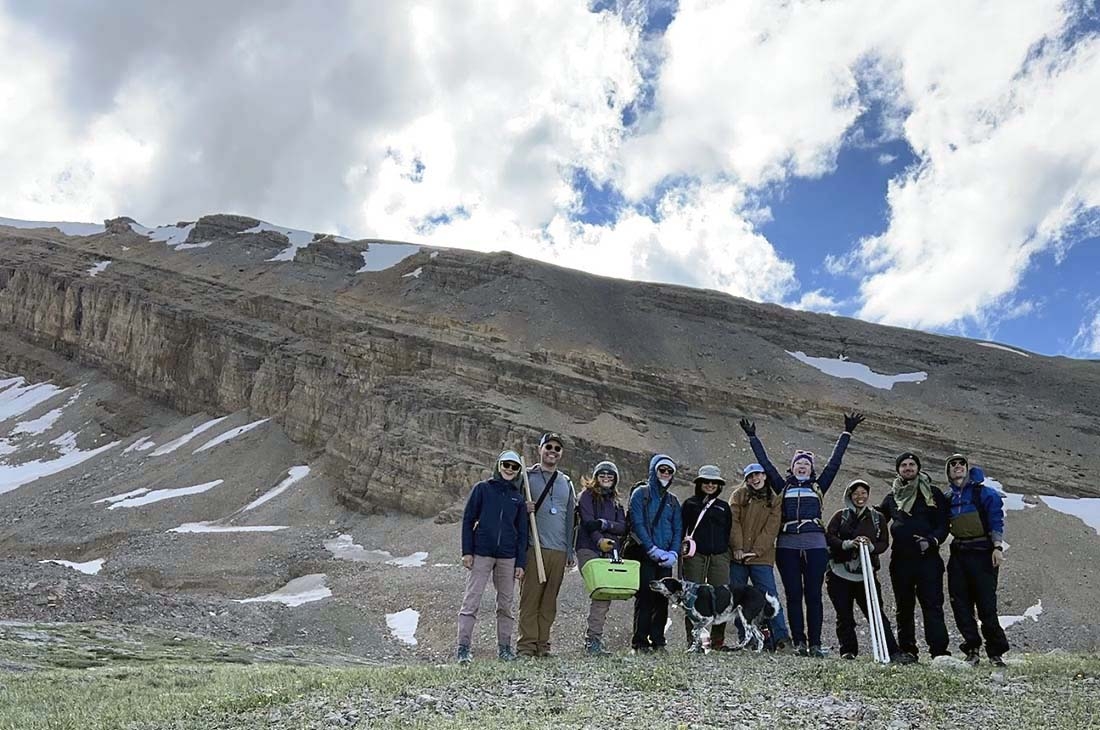
Add new comment